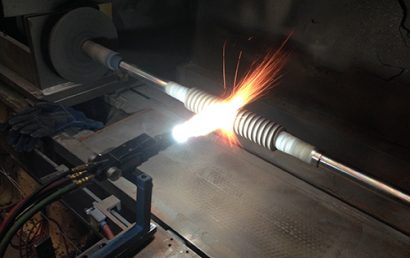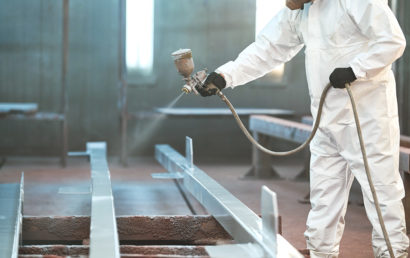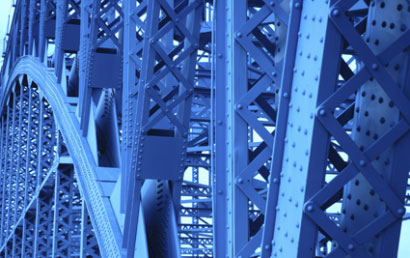What Is Hardfacing?
Hardfacing refers to a process of metalworking where tougher, harder material is put onto to a base metal. Generally, hardfacing takes the form of TIG or filler rod welding or arc welding. PTA or powder metal alloys are used. These are referred to as thermal spray processes, powder plasma welding systems, fuse, spray, or plasma spray.
The Application of Hardfacing To New Parts
The thermal spray process can be used to refurbish a surface that is worn-down on used parts. But to increase wear resistance of new parts, during their production, hardfacing is applied. Arc welding applied versions are used to extend an industrial component’s life and is a surfacing operation. It can be part of a maintenance program or used preemptively on new components. The result is significant savings in production costs and lessened machine downtime. This is the main reason that the process of hardfacing has become so popular in so many industries. Industries can include sugarcane and food, power, petrochemical, mining, cement, and steel, just to name a few.
Hardfacing Materials
Materials commonly applied in hardfacing include NOREM, chromium carbide alloys, nickel based alloys, and stellite or other cobalt based alloys. To add instructional information, add color, or refinishing, hot stamping is sometimes used after hardfacing. Films or foils can be used to create additional protection or for a metallic appearance.
The Various Welding Methods Used to Deposit Hardfacing
- Hardpaint
- Laser cladding
- Cold polymer compounds
- Thermal spraying
- Powder plasma welding system or PTAW (plasma transferred arc welding)
- ESW (electro slag welding)
- SAW (submerged arc welding)
- OFW (oxy-fuel welding)
- GMAW (gas metal arc welding) – this includes open arc welding and gas shielded welding
- SMAW (shielded metal arc welding)
Fuse and Spray Hardfacing’s Advantages
Hardfacing minimizes oxidation and distortion, resists chipping upon impact, and is extremely hard. It enables easy edge surfacing, is corrosion resistant, and provides a metallurgical bond of protective surfacing to substrates.
The feedback of the service performance and the component service conditions are used to determine the optimal an alloy selection. For every phenomenon involving wear, in each and every industry imaginable, there is an appropriate welding electrode that will offer maximum resistance to wear and erosion. The process used to protect parts and machinery today were unimaginable decades ago. One can only speculate as to the future of parts, machinery, and product protection.
Hardfacing Research
New welding processes and a wide range of alloys have been the result of development and extensive research on hardfacing. An experimental study was done using GMAW & SMAW hardfacing processes. It was determined that they were highly useful in wear reduction on the moldboard plowshare. In fact, using those processes of hard facing, the plowshare lifespan was increased no less than two times.
Rest assured, A&A C has been involved in much of that research and will be involved in the future of protective coatings as well. If your industry would like to improve their bottom line by protecting parts, machinery, and the finished product, as well as lighten the load on your maintenance crew, protective coating is something you’ll want to look into. We are here to help. Contact us at A&A C today.



